Resources
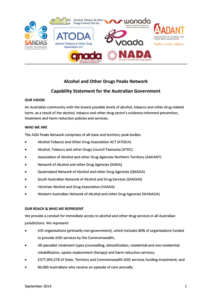
AOD peaks capability statement
State & Territory Peaks NetworkAlcohol and Other Drugs Peaks Network Capability Statement for the Australian Government.
Download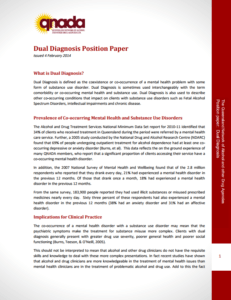
Dual diagnosis
QNADA ReportsQNADA supports the use of tools such as the Dual Diagnosis Capability in Addiction Treatment (DDCAT) by AOD services to guide a planning process to develop and improve their capacity to respond to clients with a co-occurring mental health and substance use disorder.
Download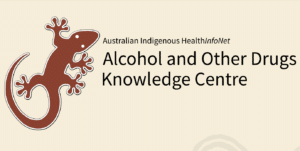
Australian Indigenous Alcohol and Other Drugs Knowledge Centre
Aboriginal & Torres Strait IslanderProvides a comprehensive collection of evidence based and culturally relevant resources, publications and workforce support information aimed at reducing harms from alcohol and other drug use in Aboriginal and Torres Strait Islander communities.
View
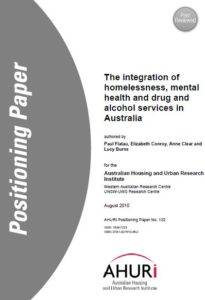
The integration of homelessness, mental health and drug and alcohol services in Australia
National Reports & FrameworksThis study aims to increase our understanding of the ways in which homelessness, mental health and drug and alcohol services can be coordinated or integrated to provide services to homeless people, the extent to which system and service integration is occurring in Australia at present and the effectiveness of various integrated service delivery responses.
View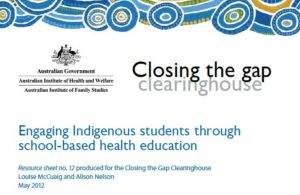
Engaging Indigenous students through school-based health education
Aboriginal & Torres Strait IslanderThis resource sheet examines the delivery of school-based health education for Indigenous students in Australian schools and effective strategies that support positive health outcomes for Indigenous students. It outlines what works, what doesn’t, and what further research is needed.
View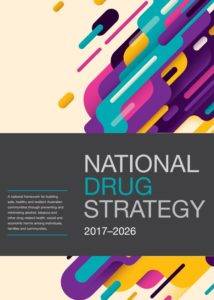
National Drug Strategy 2017-2026
National Reports & FrameworksThis is the seventh iteration of the National Drug Strategy. The first version, the National Campaign Against Drug Abuse, was launched in 1985. In 1993, it was renamed the National Drug Strategy. Throughout its history, the Strategy has focused on the important relationship between law enforcement and health, as well as the need to engage with other areas of government, the non-government sector and the community in minimising harms associated with alcohol, tobacco and other drug use.
Download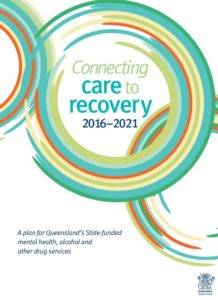
Connecting Care to Recovery 2016-2021: A plan for Queensland’s State-funded mental health, alcohol and other drug services
ResourcesBuilding on the common purpose and framework developed by Queensland Health through My health, Queensland’s future: Advancing health 2026, our plan focuses on strengthening collaboration and effective integration across our treatment service system to more effectively respond to individuals with the most severe mental illness or problematic substance misuse, either episodic or persistent.
View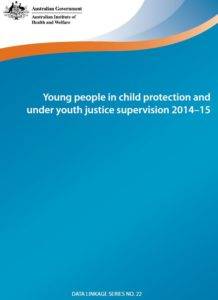
Young people in child protection and under youth justice supervision 2014-15
National Reports & FrameworksThis report gives better understanding of the characteristics and pathways of children and young people who are both in the child protection system and under youth justice supervision can assist support staff, case workers and policy makers to get the best outcomes for these children and young people.
View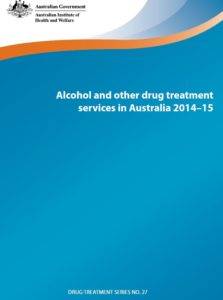
Alcohol and other drug treatment services in Australia 2014 -15: Drug treatment series no. 27
National Reports & FrameworksAlcohol and other drug (AOD) treatment services across Australia provide a broad range of treatment services and support to people using drugs, and to their families and friends. This report presents the information for 2014–15 about publicly funded AOD treatment service agencies, the people they treat and the treatment provided.
View
National Drug Strategy Household Survey detailed report 2022-2023
National Reports & FrameworksThe 2022-2023 National Drug Strategy Household Survey collected information from almost 21,000 people across Australia on their tobacco, alcohol and illicit drug use, attitudes and opinions.
This report presents findings from the survey and looks at what has changed over the past 20 years.
View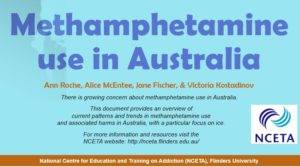
Methamphetamine use in Australia
National Reports & FrameworksMethamphetamine use in Australia Ann Roche, Alice McEntee, Jane Fischer, & Victoria Kostadinov There is growing concern about methamphetamine use in Australia. This document provides an overview of current patterns and trends in methamphetamine use and associated harms in Australia, with a particular focus on ice.
View
MindOut Champions Project – Free source of professional development
LGBTIQ+| The MindOut Champions project is a free source of professional development for all people working in the mental health or community service sector within Australia. MindOUT Champions is a collaborative project between MindOut and organisations in the mental health and community services sectors. In return for a commitment towards meaningful inclusion practices for LGBTIQ+ people, Champions allows individual advocates to access resources and support to become champions for LGBTIQ+ inclusion within and outside of their organisations.
Champions of our partner organisations have access to online and face-to-face training as well as monthly facilitated reflective practice sessions with other peers across Australia. For organisations who want to ensure they are meeting the needs of LGBTIQ+ people within their community this is a great first step to doing so! |